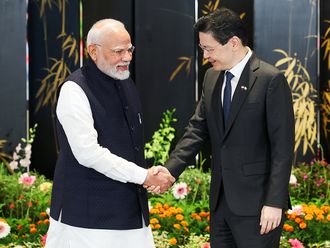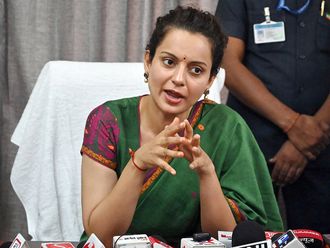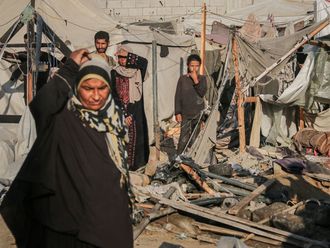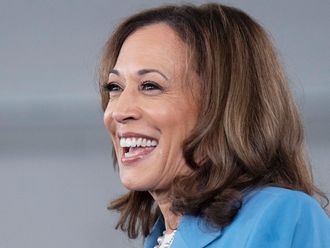The government of Iran is deliberately creating confusion about its nuclear operations. It claims that it has a peaceful programme devoted to generating electricity, but it refuses to allow international verification of this claim, and President Mahmoud Ahmadinejad's government is using the consequent uncertainty for its own political advantage.
The recent team in Iran from the International Atomic Energy Agency was refused access to a site at Parchin in the north of the country.
The IAEA Director General Yukiyo Amano described Iran's refusal as "disappointing" and commented that despite the IAEA engaging with the Iranians "in a constructive spirit, no agreement was reached".
In November 2011, the IAEA indicated that Iran had built a large explosive containment vessel in 2000 at Parchin to conduct hydrodynamic experiments. It just may be possible that any activities at Parchin were discontinued long ago, but the report made clear that hydrodynamic experiments, which involve high explosives in conjunction with nuclear material or nuclear material surrogates, were "strong indicators of possible weapon development". The report also came to the conclusion that Iran had carried out tests "relevant to the development of a nuclear explosive device".
Iran has always denied that there are any nuclear related activities at Parchin, but the problem is that it refuses to allow any outside verification of its claim. The hawks in Washington have seized on this refusal as proof that Iran has a weapons programme.
The White House spokesman leapt to the conclusion that the IAEA visit was a "failure", and described it as "another demonstration of Iran's refusal to abide by its international obligations" as the IAEA sought to clarify "possible military dimensions" of Iran's nuclear programme.
The Gulf region does not need this tension, and Iran could easily help reduce it by being open about its nuclear operations.







